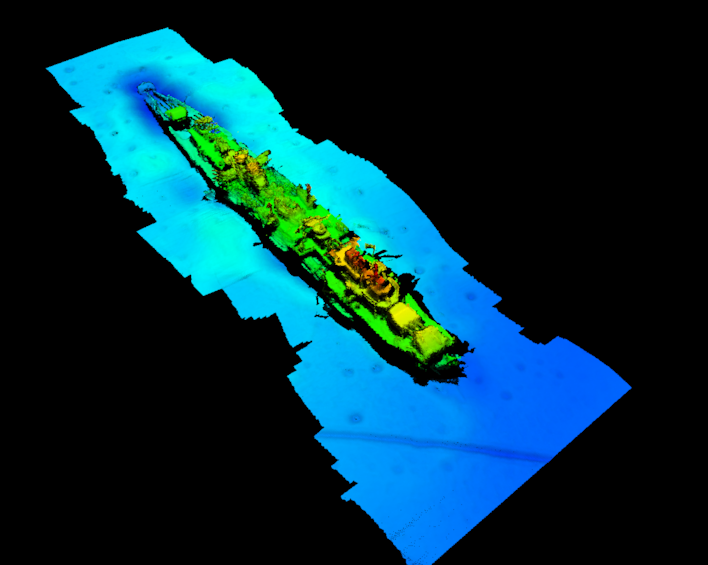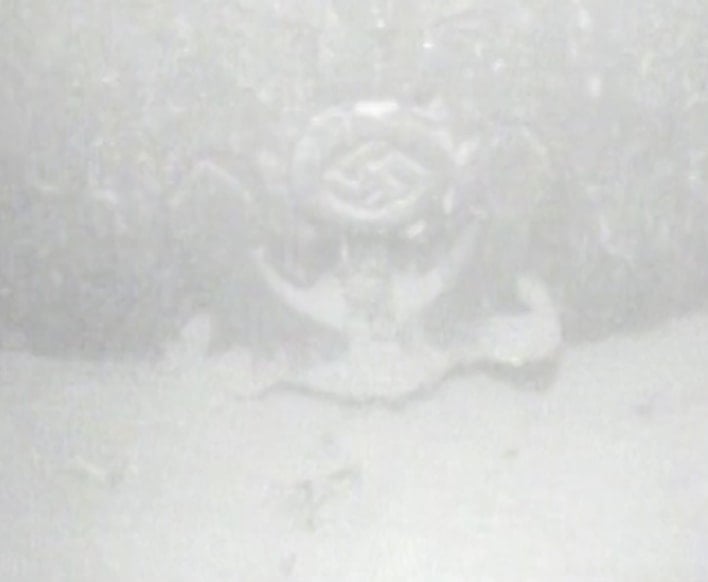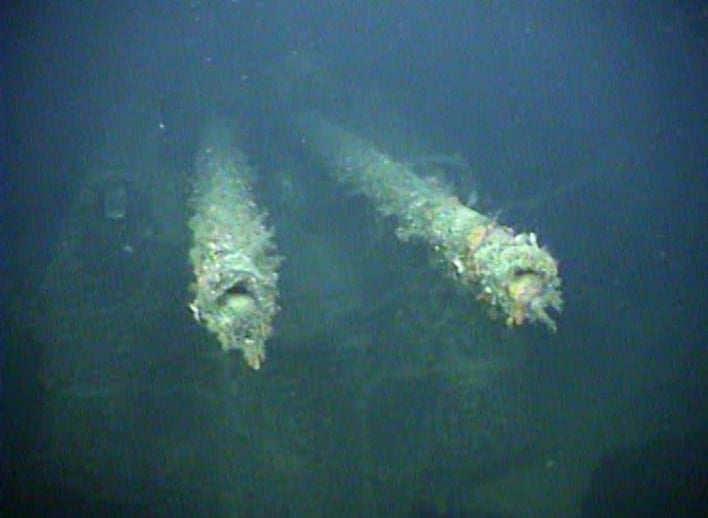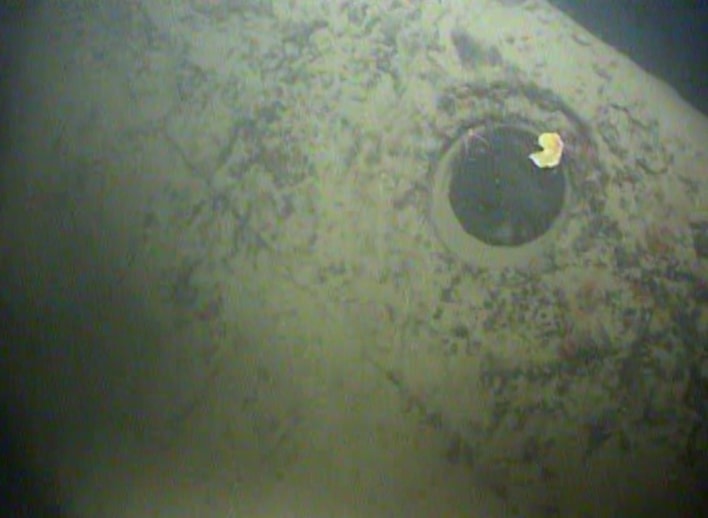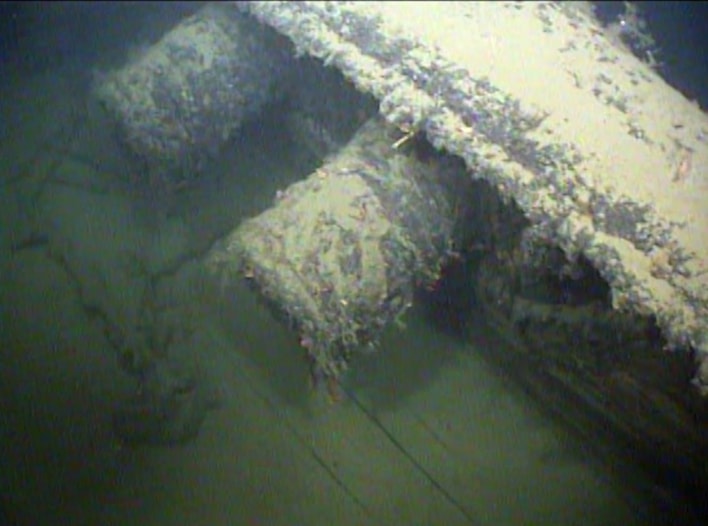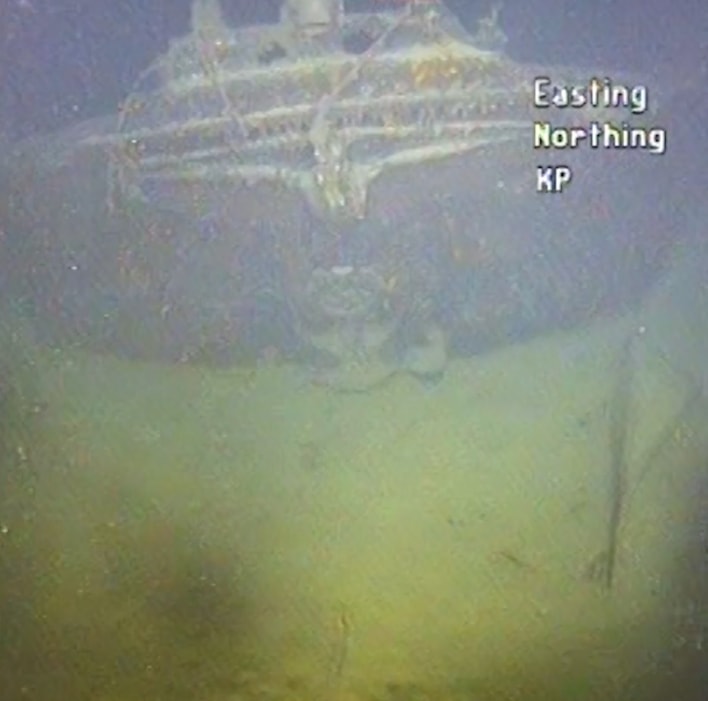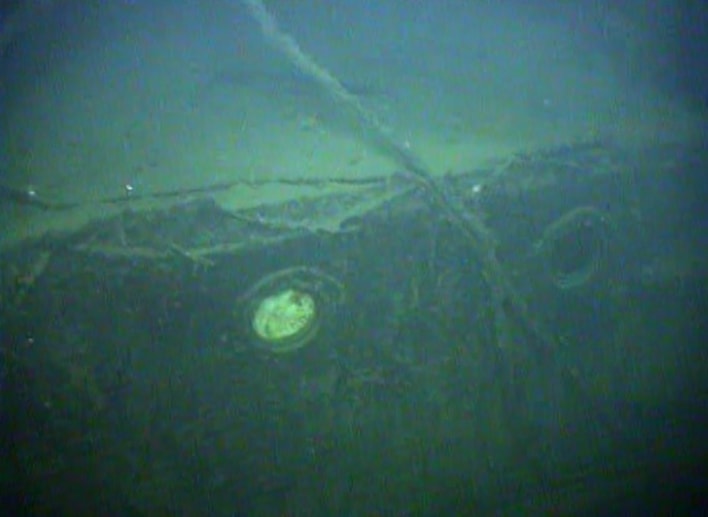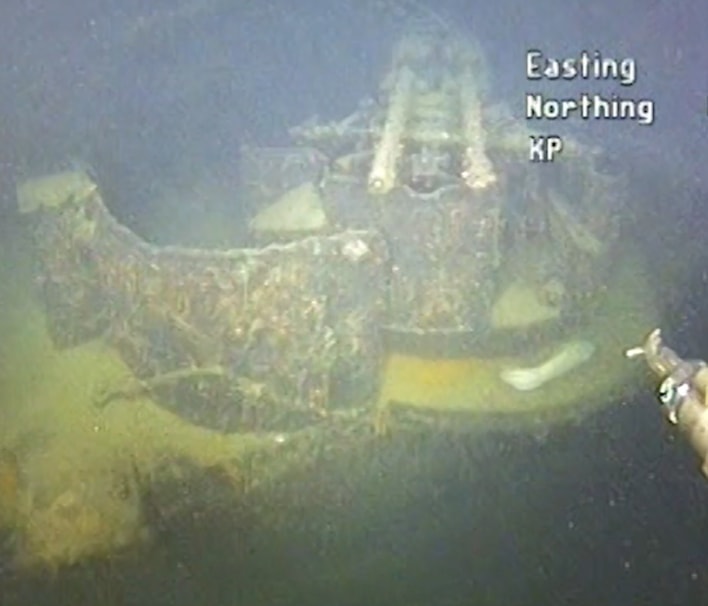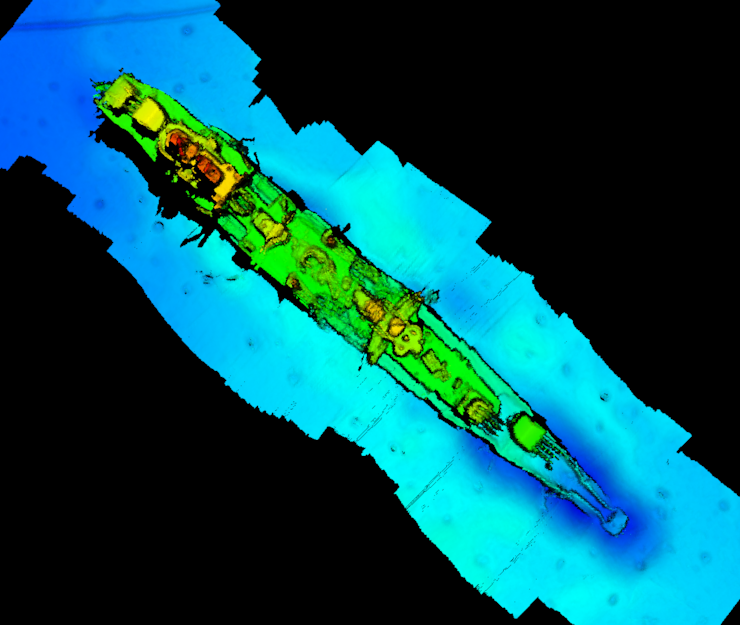The German cruiser was set under fire from Norwegian artillery, torpedoed by a British submarine, and finally sunk by the Germans themselves during the invasion of Norway 80 years ago. The shipwreck on the seabed has never been found or identified - until now.
— You can find Karlsruhe's fate in history books, but no one has known exactly where the ship sunk. Moreover, it was the only large German warship that was lost during the attack on Norway with an unknown position. After all these years we finally know where the graveyard to this important warship is, says Frode Kvalø, archaeologist and researcher at the Norwegian Maritime Museum.
Found 15 meters from an undersea power cable between Norway and Denmark
It was during inspection work three years ago that sonars discovered a shipwreck close to Statnett's power interconnectors between Denmark and Norway. This summer, Statnett's Senior Project Engineer Ole Petter Hobberstad got the chance to find out more about the sunken ship that had been observed 13 nautical miles from Kristiansand in Southern Norway. From the offshore vessel "Olympic Taurus", the mysterious wreck was investigated by ROV (Remotely Operated Vehicle) and multi-beam echo sounders.
— When the ROV results showed us a ship that was torpedoed, we realized it was from the war. As the cannons became visible on the screen, we understood it was a huge warship. We were very excited and surprised that the wreck was so big, Hobberstad says.
With a length of 174 meters (571 ft) and equipped with steam turbines and nine cannons, Karlsruhe led the German attack on Kristiansand during Operation Weserübung April 9, 1940. The German Rear Admiral (konteradmiral) Otto Schenk has written about the day himself in a book published the same year as the attack: Dense fog that covered the inlet to the fjord, narrow waters, and a force that already was behind schedule, caused concern in the hours before the attacks took place. As Karlsruhe entered the fjord outside Odderøya near Kristiansand city, the cruiser came under fire from the Odderøya Fortress. However, it is unclear how comprehensive these damages were. Kristiansand was taken, but the very same afternoon the British submarine Truant attacked Karlsruhe and hit the cruiser with a torpedo, leaving it significantly damaged. It was then sunk by order from the German Captain.
Kvalø points out that the underwater images of Karlsruhe show a rare sight. Normally, big warships with a high center of gravity will turn around when they sink.
— But Karlsruhe stands firmly 490 meters below sea level with cannons pointing menacingly into the sea. With the main battery of nine cannons in three triple turrets, this was the largest and most fearsome ship in the attack group against Kristiansand.
Statnett's Ole Petter Hobberstad is glad that they this summer finally got the opportunity to investigate the mysterious wreck close to one of Statnett's undersea power cables.
— To find such a special war wreck is rare and extra fun for us who work with underwater investigations.
The following companies have helped Statnett with the discovery of Karlsruhe:
- TechnipFMC
- Olympic Shipping
- Oceaneering
- Isurvey
- NexansBilde: kanon
